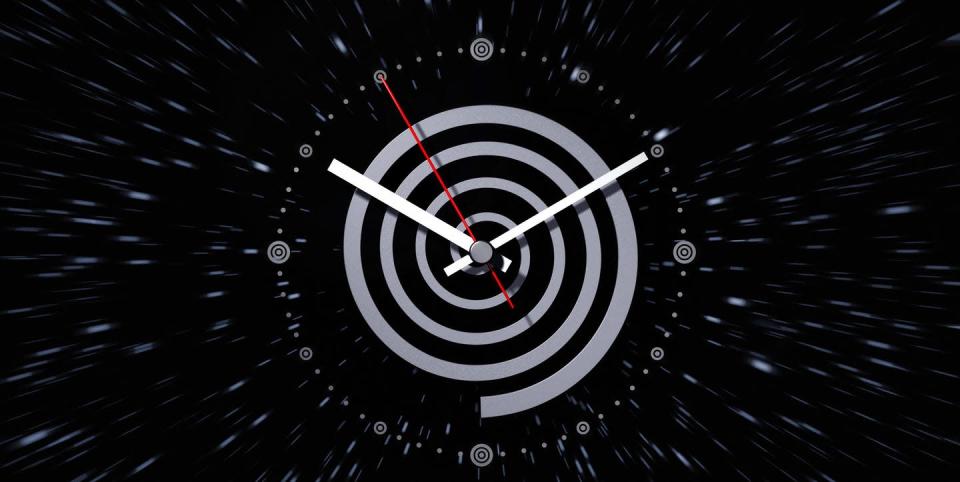A Student Proved Paradox-Free Time Travel Is Possible
[ad_1]

-
Time travel is deterministic and locally free, a paper says—resolving an age-old paradox.
-
This follows recent research observing that the present is not changed by a time-traveling qubit.
-
It’s still not very nice to step on butterflies, though.
In a peer-reviewed paper, an honors undergraduate student says he has mathematically proven the physical feasibility of a specific kind of time travel. The paper appears in Classical and Quantum Gravity.
University of Queensland student Germain Tobar, who the university’s press release calls “prodigious,” worked with UQ physics professor Fabio Costa on this paper. In “Reversible dynamics with closed time-like curves and freedom of choice,” Tobar and Costa say they’ve found a middle ground in mathematics that solves a major logical paradox in one model of time travel. Let’s dig in.
The math itself is complex, but it boils down to something fairly simple. Time travel discussion focuses on closed time-like curves (CTCs), something Albert Einstein first posited. And Tobar and Costa say that as long as just two pieces of an entire scenario within a CTC are still in “causal order” when you leave, the rest is subject to local free will.
“Our results show that CTCs are not only compatible with determinism and with the local ‘free choice’ of operations, but also with a rich and diverse range of scenarios and dynamical processes,” their paper concludes.
In a university statement, Costa illustrates the science with an analogy:
“Say you travelled in time, in an attempt to stop COVID-19’s patient zero from being exposed to the virus. However if you stopped that individual from becoming infected, that would eliminate the motivation for you to go back and stop the pandemic in the first place. This is a paradox, an inconsistency that often leads people to think that time travel cannot occur in our universe. [L]ogically it’s hard to accept because that would affect our freedom to make any arbitrary action. It would mean you can time travel, but you cannot do anything that would cause a paradox to occur.”
Some outcomes of this are grouped as the “butterfly effect,” which refers to unintended large consequences of small actions. But the real truth, in terms of the mathematical outcomes, is more like another classic parable: the monkey’s paw. Be careful what you wish for, and be careful what you time travel for. Tobar explains in the statement:
“In the coronavirus patient zero example, you might try and stop patient zero from becoming infected, but in doing so you would catch the virus and become patient zero, or someone else would. No matter what you did, the salient events would just recalibrate around you. Try as you might to create a paradox, the events will always adjust themselves, to avoid any inconsistency.”
While that sounds frustrating for the person trying to prevent a pandemic or kill Hitler, for mathematicians, it helps to smooth a fundamental speed bump in the way we think about time. It also fits with quantum findings from Los Alamos, for example, and the way random walk mathematics behave in one and two dimensions.
At the very least, this research suggests that anyone eventually designing a way to meaningfully travel in time could do so and experiment without an underlying fear of ruining the world—at least not right away.
You Might Also Like
[ad_2]
Source link
